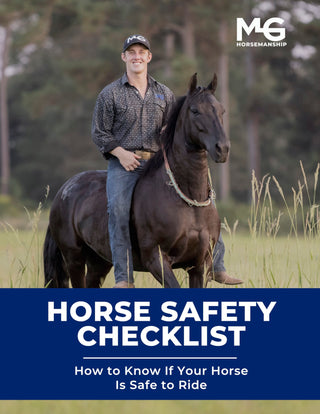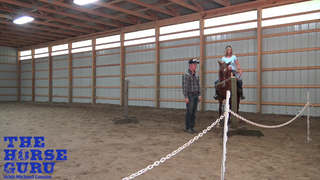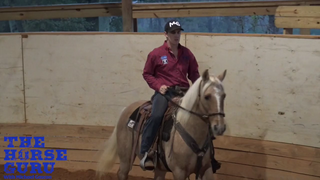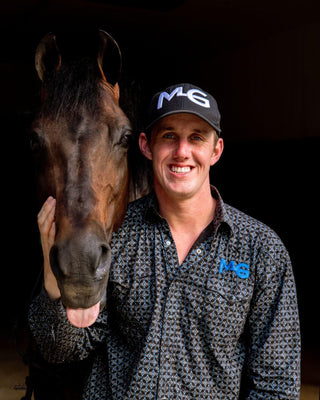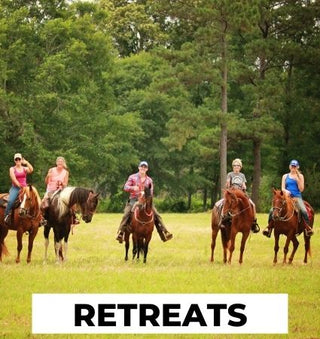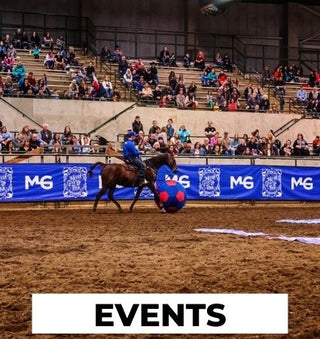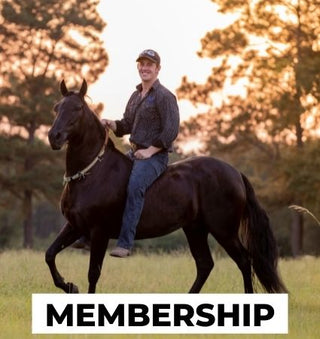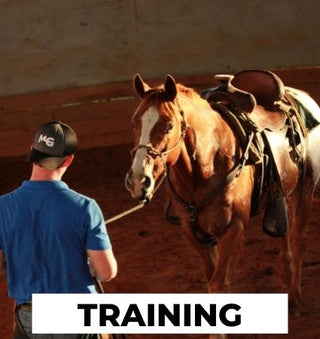Watch the Video Here or continue reading below!
Mounting a horse may seem like a simple task, but it’s one of the most critical moments in riding. Many accidents happen during mounting, making it essential to approach it with the right technique and confidence. In this guide, we’ll break down the correct way to mount a horse safely, based on the principles of "The Horse Guru" Michael Gascon.
Why Mounting Matters
By the time you reach "4th Grade" in horsemanship, you should have already built a solid foundation from earlier levels. At this stage, the focus is on refining your technique to ensure your horse remains still and calm during the mounting process.
Mounting is where many riders get injured because of improper technique or a spooky horse. That's why mastering these steps will keep you and your horse safe.
Step-by-Step Guide to Safe Mounting
1. Ensure Your Horse is "Frozen"
Before mounting, your horse should stand completely still. Through proper groundwork, your horse should have already learned to "freeze" when unsure about something. If your horse moves, spooks, or fidgets while you're mounting, it can lead to accidents.
2. Check Your Equipment and Horse Readiness
-
If you're working with an unfamiliar or young horse, test their reaction by gently jumping up and down beside them.
-
Jiggle the stirrup leather to ensure your horse remains calm with movement.
-
Do not pull your horse's head around while mounting—this invites movement instead of stillness.
3. Hold the Reins Correctly
-
Many riders make the mistake of gripping the reins incorrectly. If the horse bolts, they have no control.
-
Hold the reins with light contact, ensuring you can quickly react if needed.
-
Keep the slack in the reins between your hands to maintain control.
4. Use a Two-Step Mounting Process
Instead of swinging onto the horse in one motion, break it into two steps:
-
Step Up and Pause – Get into position and let the horse know you're coming. This prevents spooking.
-
Swing Over Smoothly – Once your horse is steady, complete the mount.
Many horses spook because the rider suddenly "disappears" from one side and reappears on the other. This is why the two-step method prevents unnecessary surprises.
5. Dismounting Safely
-
Just as with mounting, avoid being too cautious or sneaky when getting off.
-
Pet and touch the horse before hopping off to keep them relaxed.
-
Move with confidence—if you’re too careful, your horse will learn to expect nervous energy.
Pro Tips for Safe Mounting
Pro Tip #1: Don’t Be Too Careful
Being overly careful teaches your horse to expect careful movements, which means they’ll always require extra attention. Move boldly and confidently—jerk on the stirrup leather, shift the saddle, and let them feel movement before mounting.
Pro Tip #2: Make it a Two-Step Process
Never mount in one fluid motion. Always pause after stepping up. If something goes wrong, you’ll have the option to step down safely instead of being halfway over the horse with no control.
Pro Tip #3: Maintain Proper Rein Contact
Don’t leave the reins hanging or grip them incorrectly. Proper rein contact allows you to control your horse in case of sudden movement.
Conclusion
Mastering safe mounting techniques is a crucial part of horsemanship. By following these steps, you’ll ensure a smooth and secure experience for both you and your horse.
Have questions or need further guidance? Drop a comment below and let us know what challenges you’re facing with mounting. Our goal is to help you build confidence, improve your bond with your horse, and reach your riding goals!

